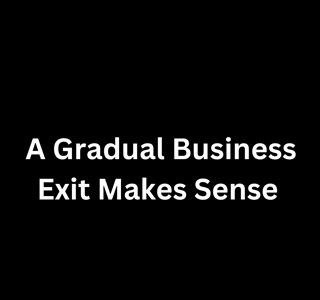Blogs
Read our blogs on business owner transition.
Read our blogs on business owner transition.

Statistics compel us to expect a flood of businesses for sale as baby boomers reach the end of their working life. Studies predict as many as 40% of businesses will transition owners over the next 5 years (KPMG Enterprise Report 2016). This would make selling a business more difficult and may be compounded by findings from a study suggesting a shrinking pool of willing and capable business leaders as our population ages. (Platform1 “The Future, our Leaders; an emerging chasm in the NZ leadership market” 2014).
Then why is it that we aren’t seeing these business exits to the extent predicted? One reason gaining support is current low-interest rates. It is suggested that some owners are staying on because the good returns they enjoy from their successful businesses would be reduced to a fraction if they sell their business outright.
The danger for such continuing owners is the possibility their drive to develop and grow their business to the next level may reduce, that a degree of business stagnation sets in, yet frustration about unfulfilled lifestyle expectations continue.
Owners of businesses with growth potential are increasingly attracted to solutions where they can withdraw equity from a growing business over multiple years while gradually reducing their day-to-day involvement in the business’s success. This avoids the ‘lifestyle shock’ of sudden total business exit while still accommodating and funding ongoing lifestyle goals.
Such a solution can provide for a talented person to come in and grow the business further, which will benefit the owner as well as the incoming leader. There is a wider pool of people who can’t buy outright but who could purchase in stages. So with appropriate search and selection techniques, options exist right now for gradual ownership transition.
About the Author
Peter Roborgh is the South Island Partner at Platform 1
Platform 1 finds talented people with capital who work alongside business owners to grow the business while the owner steps back and gradually exits.

